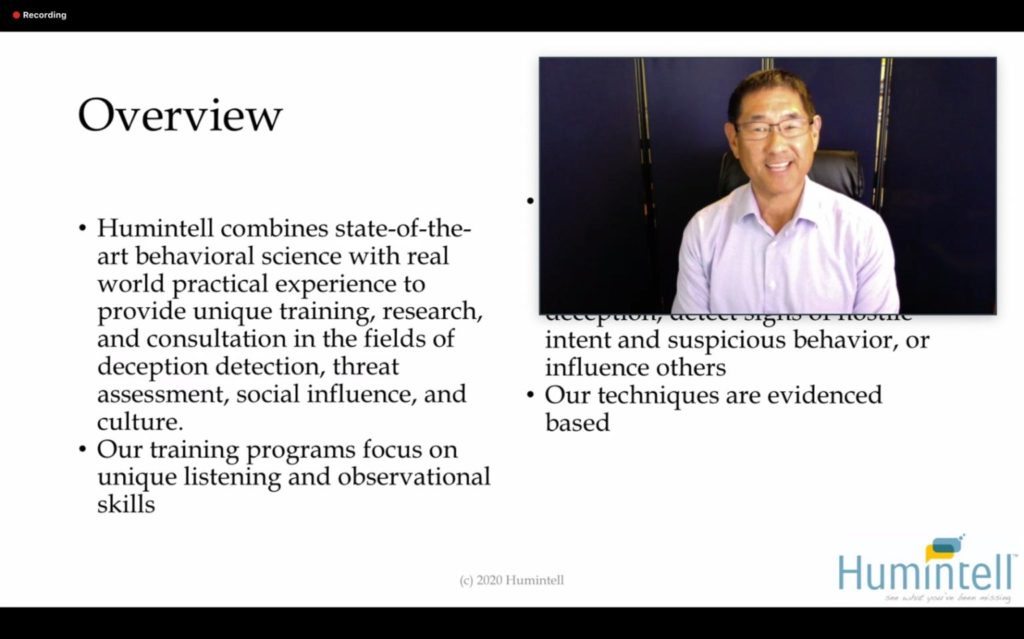National Geographic Explores: A wrinkled nose, raised eyebrows, a frowning mouth—all can say a lot without uttering a single word.
Facial expressions are the closest thing humans have to a universal language, and it could change our relationship with androids and other human-like robots.
 Guest blog by Craig James Baxter of
Guest blog by Craig James Baxter of 